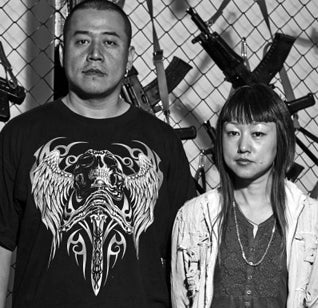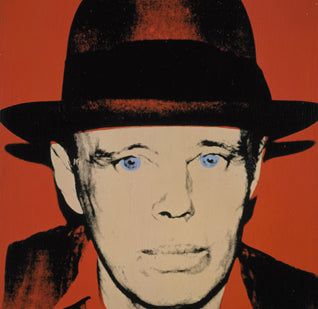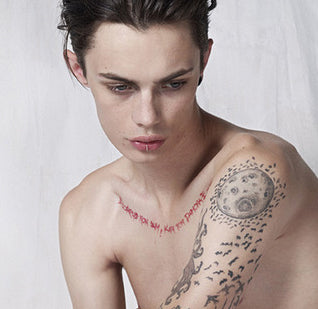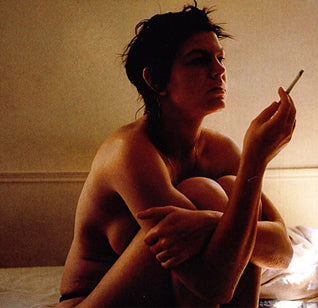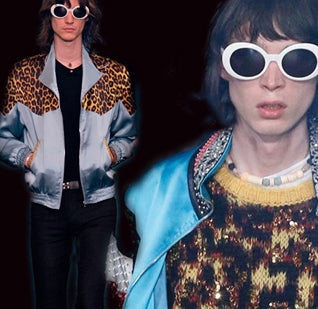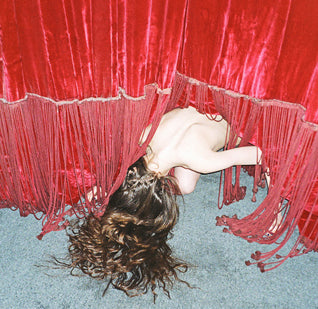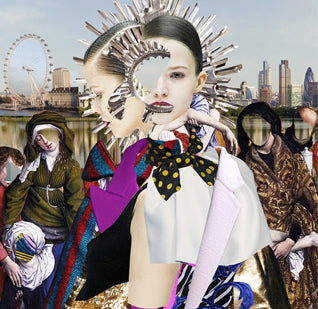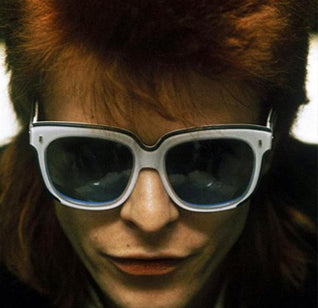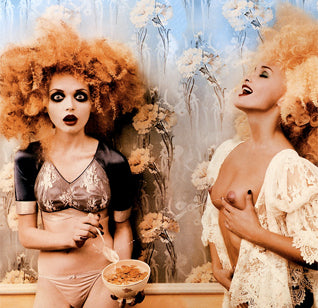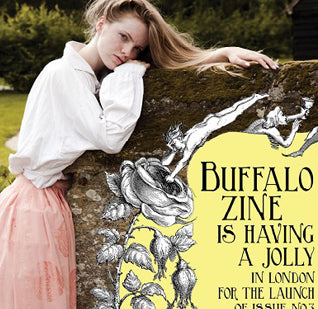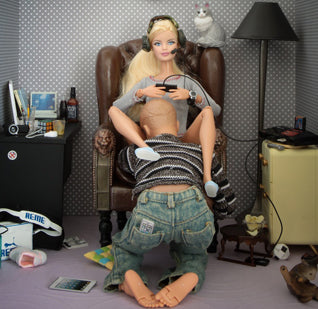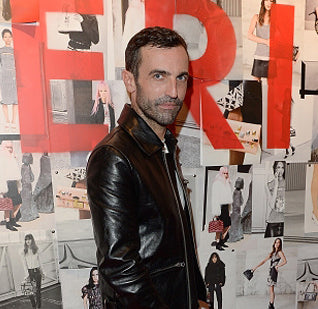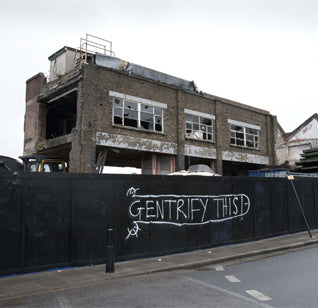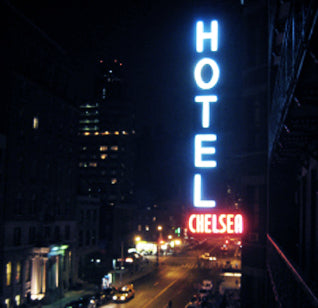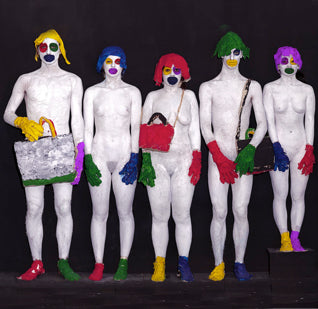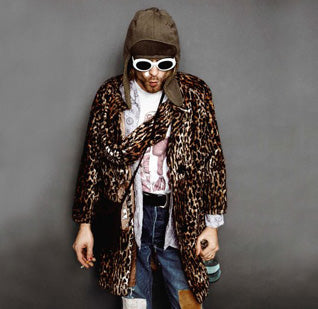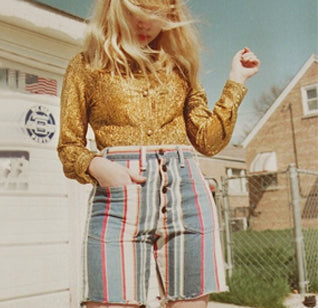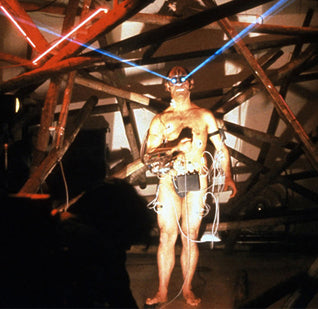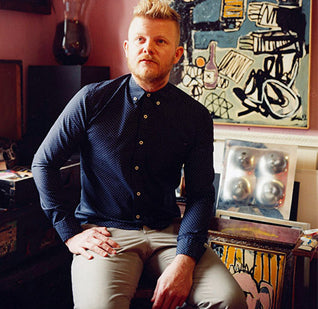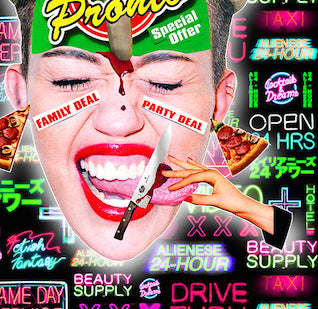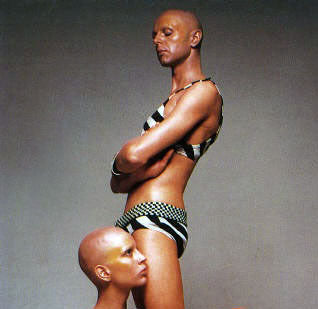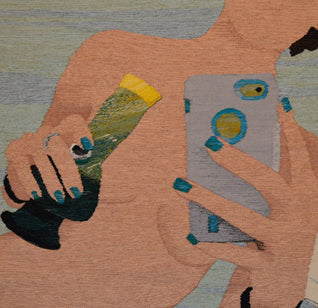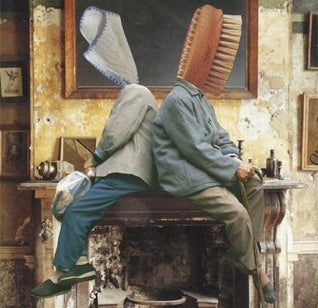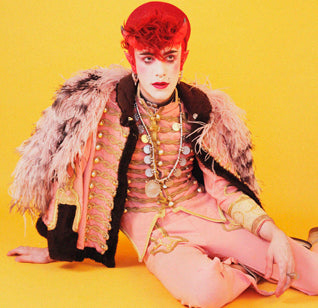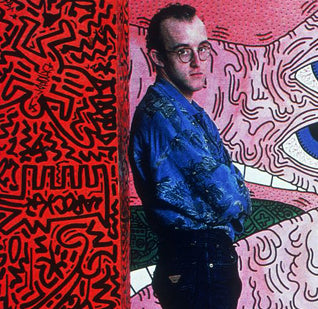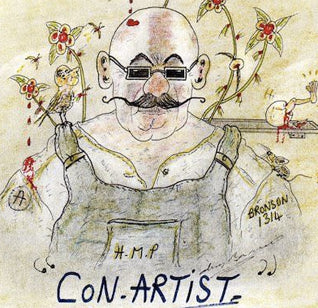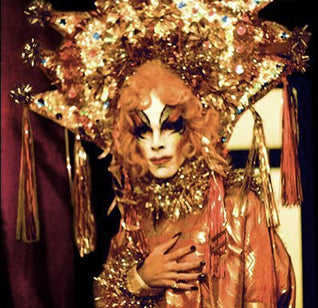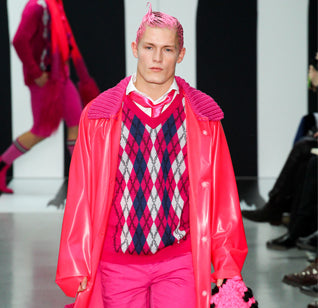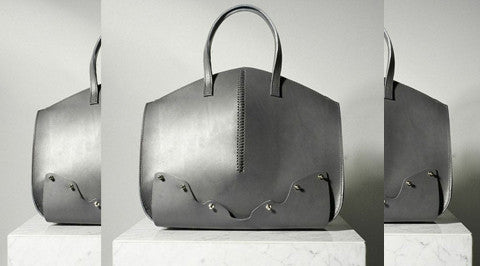IN CONVERSATION WITH OLAF BREUNING
The artist talks about the endless interpretations of his work and life
by Ellie Howard
The first time I saw “Smoke Bombs 2” (2011), a photograph documenting an explosion of chromatic rainbow, swirling together to forge a symphony of colored smoke, I was transfixed. In a decade largely defined by “conceptual trickiness”, this was an image that refused to conform, taking delight in not doing what was expected of it. There was no inferred meaning, no hidden agenda. It spoke to me in a simple manner that was hard to deny.

Olaf Breuning photographed at the opening reception of his current exhibition ‘The Life’ at Metro Pictures NY.
The maverick behind this masterpiece is Swiss-born, New York-based artist Olaf Breuning. It’s difficult to describe what Breuning’s work looks like, exactly: it’s hard to label, each work differs from the last. There are films, the much fêted ‘Home’ series. There are inflatable boobs, marble sculptures, 30-foot metal clouds, a darkened room occupied by a Chinese army of personable automatons, then there’s the zany painted nudes that reference seminal art works. His work is ever evolving, a continuously shape-shifting barrage of endless interpretations.
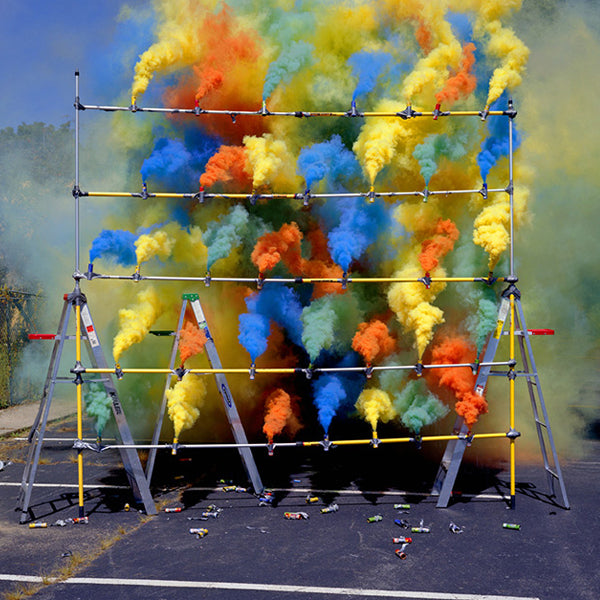
Smoke Bombs 2, 2011 by Olaf Breuning. Image © courtesy of artist
The afternoon I spoke to the artist, he was busy preparing for his latest exhibition at Metro Pictures, in NY. Principally an optimist Breuning shares the same warm magnetism as his art. The anecdotes come thick and fast, as does the laughter. Humour is always found in Breuning’s work, it’s a trademark reminder, “Life is too short – It’s tragic, in that as beautiful as it is, we only have 70 – 80 years, then we just die.” You have to keep laughing, “It’s more productive to be this way, I try to uplift and conquer the melodramatic with a smile.” He tells me he admires Woody Allen’s films, for the grounding sentimentality they impart.

Emojis, 2014 by Olaf Breuning. Image © courtesy of artist.
Contrary to popular belief, Breuning’s work does not just reference pop-culture; it only integrates aspects of it; Breuning work casts a much wider net. The artist is actually drawing a portrait of New York, his art references life. He tells me “I speak from my stomach, from my own universal language”

Marilyn, 2010 by Olaf Breuning. Image © courtesy of artist.
Having amassed a cult following, Breuning’s art has a warm sense of openness that makes it hugely appealing; in the same way that it toys with the intellectual gravitas of the Art elite, it would engage an infant. Bored by dense language of contemporary art, he chooses to make his work relatable: “The intention of my work was always to open doors for people, and that door is open to their individual interpretations. Much of contemporary art requires prior knowledge to open the door and enjoy it.” Breuning’s work is easy to understand, the complexity arrives later as an afterthought. He is a testament to the fact that highbrow art can exist without waving about grand hypothesises. In an art-world that often seems overly portentous and ironic, Olaf Breuning is the opposite: refreshingly genuine.

Life II , 2015 by © Olaf Breuning (Detail). Image courtesy of Metro Pictures.
As we speak, I realise that Breuning has a deep-rooted awareness of the postmodern generation to which he belongs – whose experience is defined by the shift from pre- to the post-internet era. His work reflects the fugitive state of Internet culture, the accessibility of the image and the resulting imitation of it. He tells me “I often wonder does technology make us happier or are we worse off living in this adapted society? It’s interesting to think about how these genius developments have drastically altered our human behaviour.” A subject Olaf likes to critique in his work. He confides in me that he often wonders if his cats are better off, “they don’t need much, just food, sleep and the toilet. Their day will just run its course and they won’t give a shit”.

Naomi and the World 2015 by © Olaf Breuning (Detail). Image courtesy of Metro Pictures.
He claims he is not a nostalgic person “I am happy in the fast-paced, ever-evolving world. I’m constantly surprised, I am always like, Wow, really is that the new thing?!” I ask him if this is what he dislikes the most about the art market. “What disappoints me sometimes, is when you see young kids in New York, and you look at the work they produce, and you are like, wow, is this what a 23-year-old thinks it’s all about - a great big canvas with a black stripe down the middle. In the last century, art had a timeline, it progressed, in the 70’s that canvas would have been quite radical. Today, the timeline has diminished. I’m left trying to work out why they have decided to do that – it’s Art for art’s sake. I think it’s just because they want a gallery show, to be what’s hot right now.”

Can Not Get Enough by ©Olaf Breuning, (Detail), 2015. Image courtesy of Metro Pictures.
For Breuning, art is not about empty gestures – it’s about making conversation. He hates to repeat himself and thinks in terms of what boundaries to push next – he does not rest. He eludes definition and always seeks to extend himself by switching direction, despite acknowledging the market demands repetition “I have been camping at the base of Mount Everest for 15 years now and that is kind of cool, as long as I can stay there that is fine.” The long game is not easy, but it is certainly interesting.

Olaf Breuning”s current exhibition "The Life "at Metro Pictures.
After speaking to the artist for an hour, I come away respecting him even more for his attitude towards his work; to his life, and for the way they assimilate. “I am 45 and for the next thirty years, I want to produce work and pay my rent until I die…what the art-world is doing is background noise.” Before signing off I ask him what he wishes from the art-world during that time, essentially what its future holds: “Art should always maintain its freedom, so creativity will have no boarders – that’s the beautiful thing about art”.
Olaf Breuning's latest exhibition The Life will be on view at Metro Pictures through July 31st 2015 in New York.

